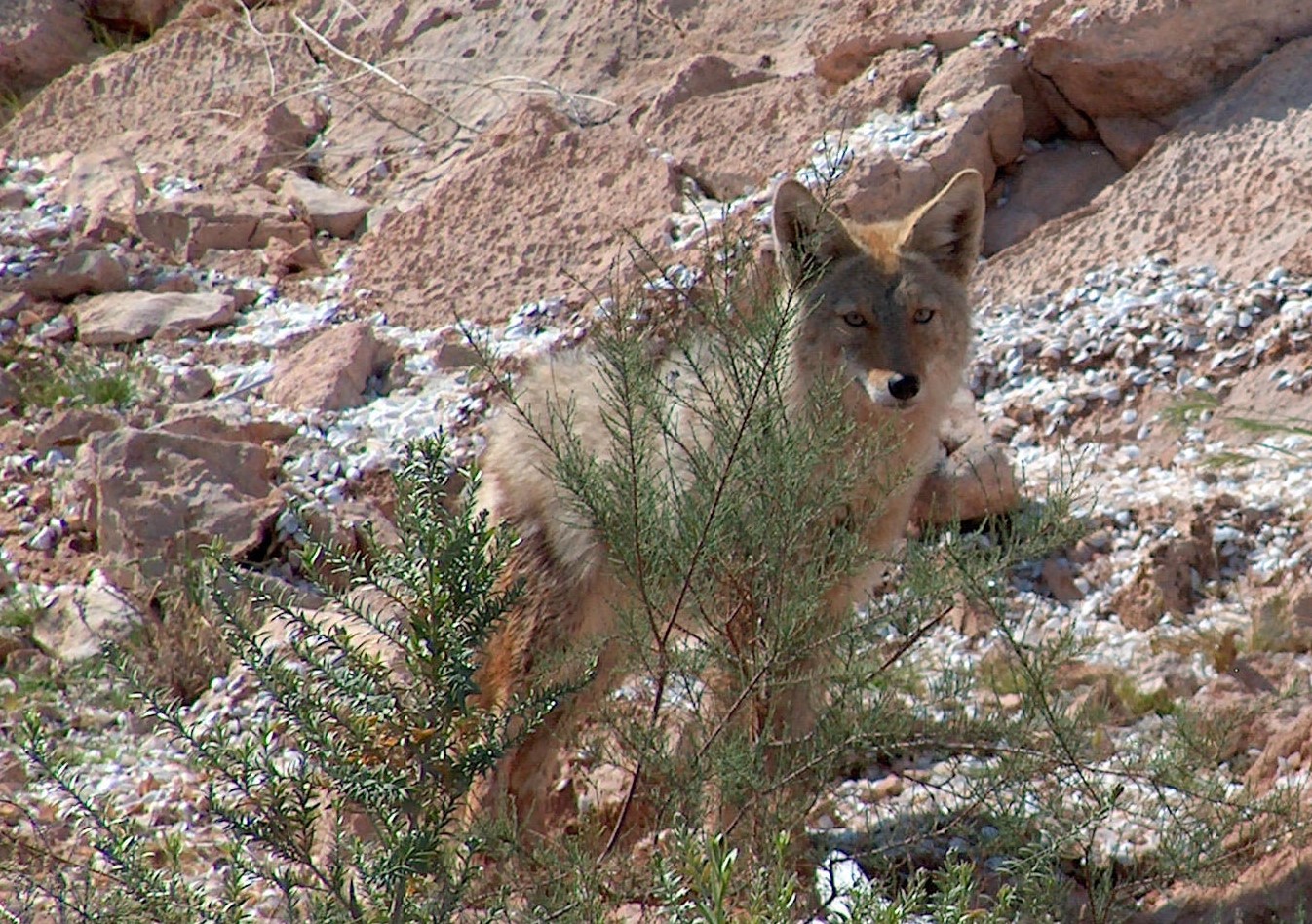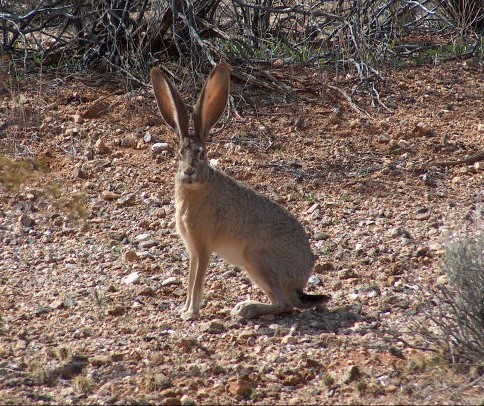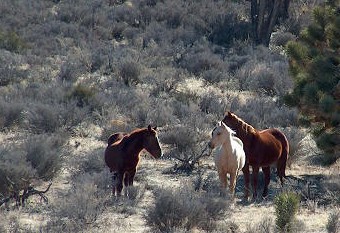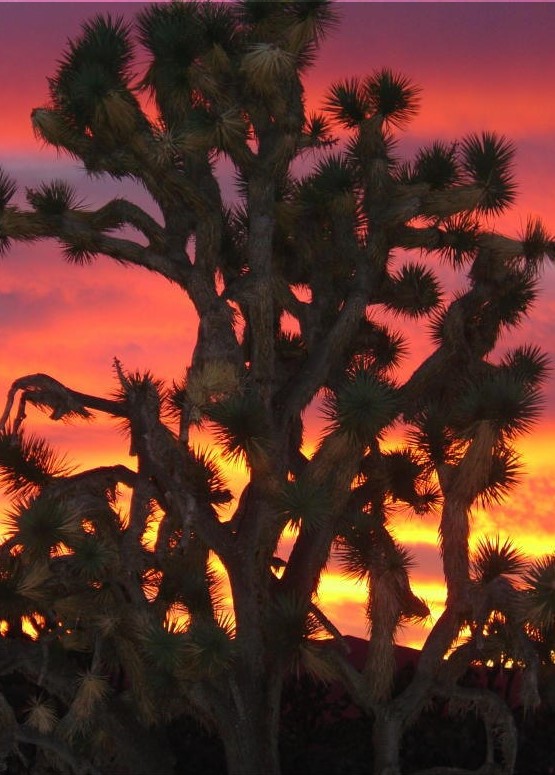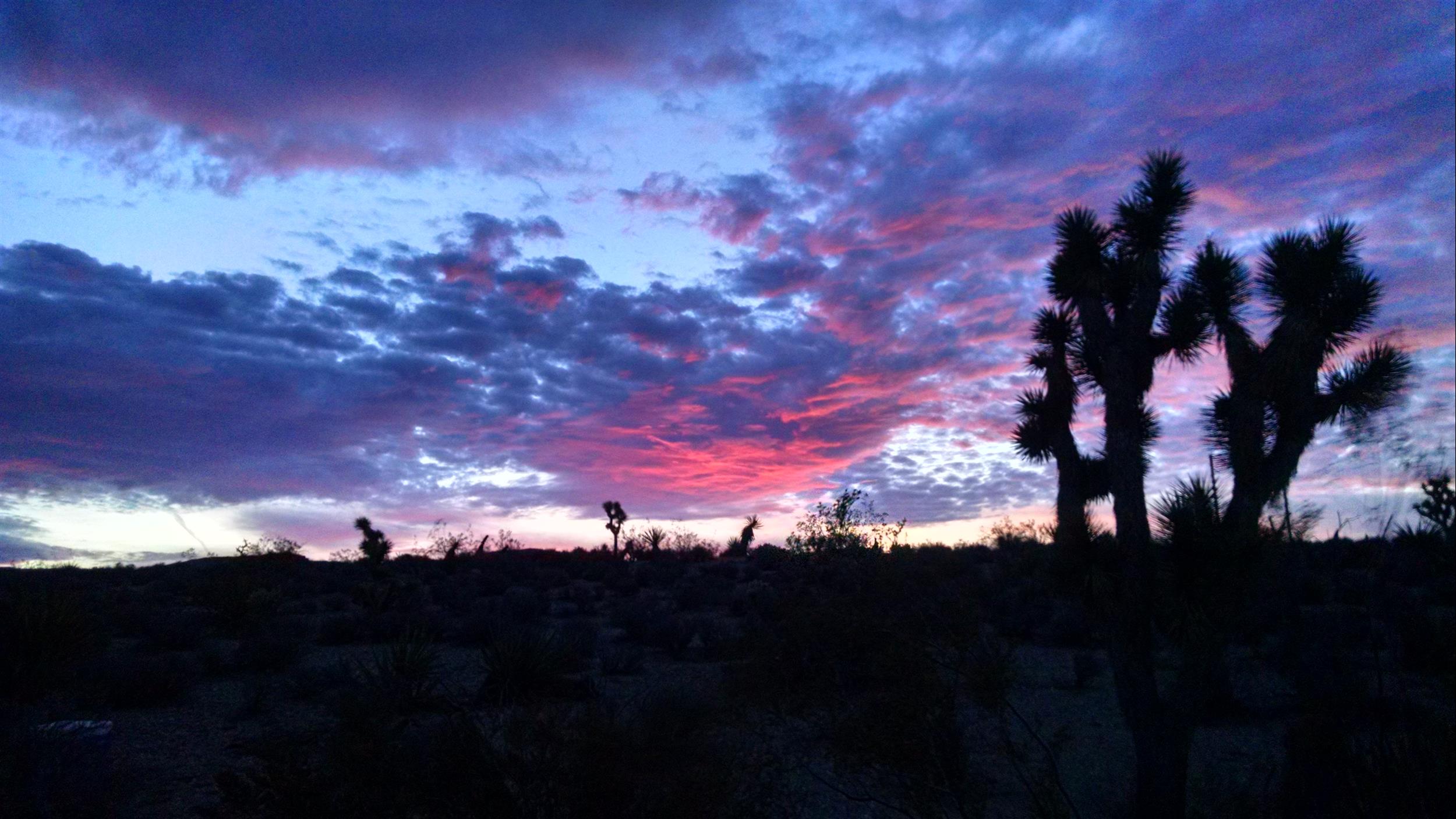The unique "Gold Basin" meteorite exploded over more than 50 square miles. A small field team from Tucson, including a retired civil engineering professor who discovered the meteorite, began collecting pieces of the find in 1996. But it will take years to gather the remaining stones and assemble the details of what happened, according to The University of Arizona scientist who is part of the team working to recover the entire meteorite.
The Meteorite itself was carbon dated and found to be around 15,000 years old and has survived the Ice Age. Preliminary evidence predicts that the asteroid may have been 6-9 feet in diameter, but exploded probably 6-18 miles above the ground. It hit the earth's atmosphere with an energy of between 10-1000 tons of TNT.Today Fragments are still being found and collected across the area. More than 3,000 fragments have been found so far and scientist estimate there could be thousands more.
Who knows maybe you'll find one of these fallen stars.
